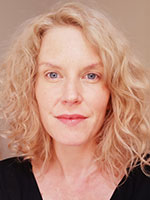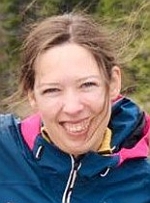Nettsider med emneord «Climate change»
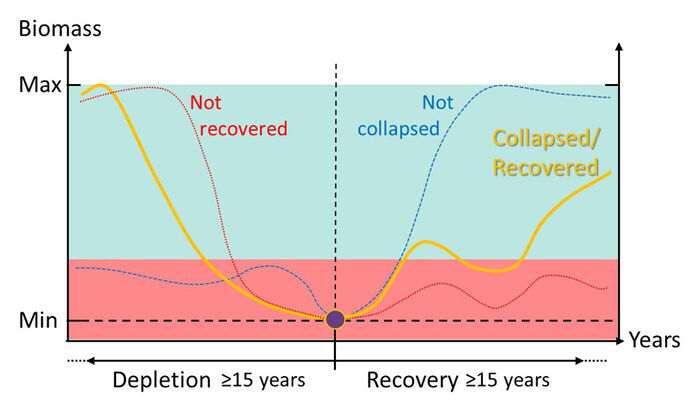
The worldwide human footprint is increasingly evident. Over the decades, many species have collapsed or are collapsing with only some recovering. A key question is what happens to these populations after the collapse. In a study published in Scientific Reports (Durant et al 2024), we test whether the effect on fish populations from overfishing, climate, and survival of young fish remains the same after a collapse.
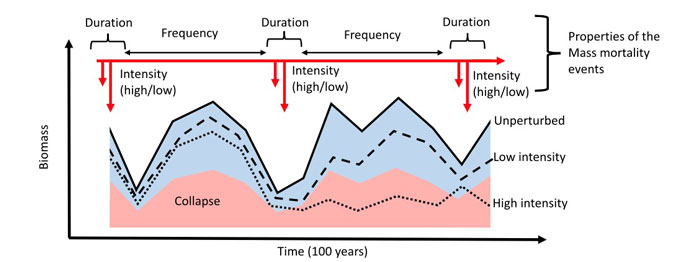
Extreme climate events, overexploitation and in general human activities can lead to a strong elevation of mortality, particularly for young and sensitive life stages. Such mass mortality events are predicted to occur more frequently. In our study published in Global Change Biology (Langangen & Durant, 2024), we recorded the chance of collapse of fish populations confronted to various levels and frequency of mass mortality events.
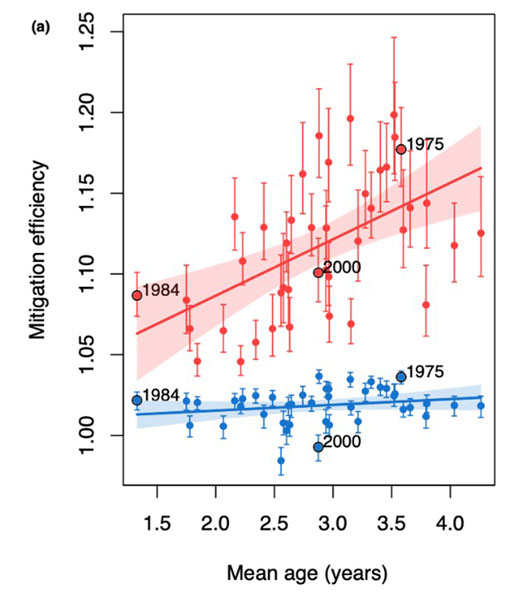
Climate change and increasing human activity are increasing risks of mass mortality events. In their recent study published in the Journal of Applied Ecology, Buttay et al. (2023) have focused on perturbations that could impact the early life stage of fish. Using the Northeast Arctic cod in the Barents Sea as an example, they evaluated different mitigation strategies alleviating the effect of such dramatic events on the population.
The FLUFFY project aims to accelerate stationary energy storage research by developing cathodes for advanced sodium-ion batteries.
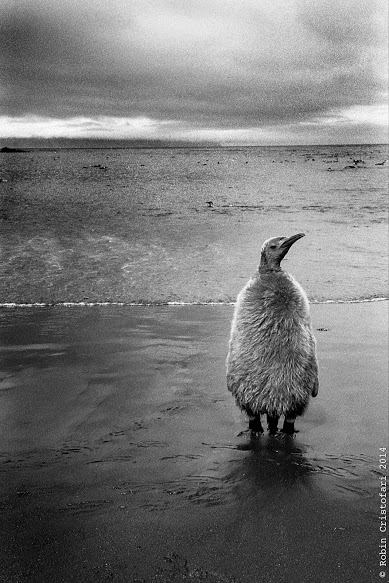
Seabirds in Polar Regions are experiencing increasing environmental stress due to climate change and pollution. They also serve as indicator species for changes in the environment. But what do they tell us about how seabird populations are affected by contaminants and climate, and is the situation the same in Antarctica as in the Arctic?
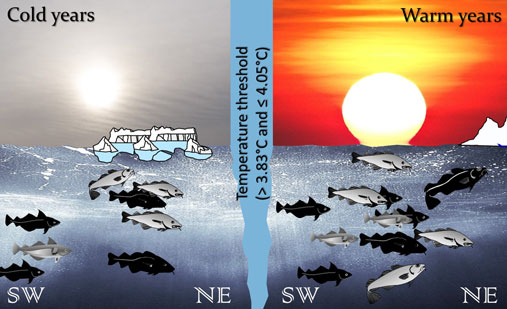
In the Boreal-Arctic seas, the two most abundant gadoid fish are the Atlantic cod (Gadus morhua) and the haddock (Melanogrammus aeglefinus). Both tend to respond to climate warming by an abundance increase and a change of distribution. Are these changes affecting how they are interacting? Statistical analysis using a state-space threshold model of acoustic and trawl survey data on cod and haddock abundance indicates that the interaction is changing with sea temperature: the cod negatively affecting the haddock when sea temperature is over 4 °C.
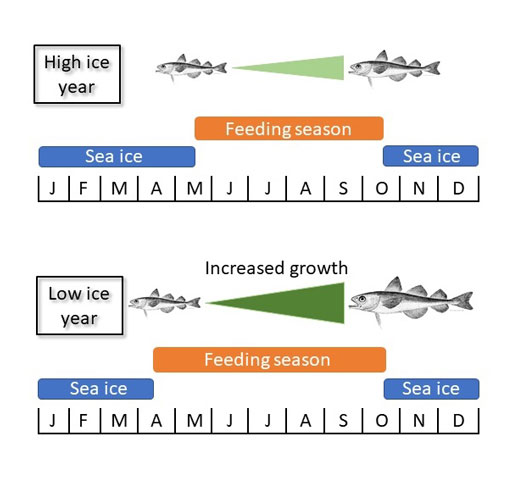
We studied the effect of changes in sea ice cover, sea temperature, and biomass of prey or predator on the length of polar cod. Our results show a significant negative effect of sea ice cover on length of all age groups of polar cod: Polar cod grow faster when there is less sea ice.
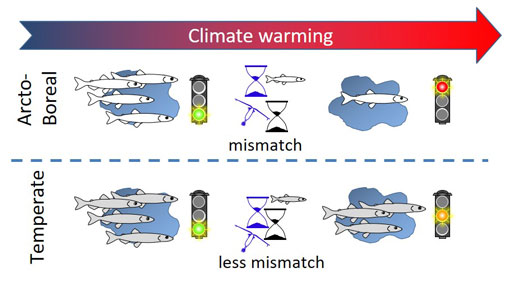
Climate warming is changing the timing of among others the reproduction for plankton or fish. Predators depend on an abundant prey supply to feed their young and insure that they survive. When the timing of the prey and the predator are not in synchrony the predator young cannot feed and are dying: there is a mismatch.
There are, unfortunately, no master projects available at this stage!
The project “Effects of Neonicotinoids and Temperature on Crop Pollination (NEOPOLL)” is a ~4 year Researcher project awarded Anders Nielsen (PI) over the Miljøforsk program at the Norwegian Research Council. The project started in April 2017. There are several master students involved in the project, investigating different aspects of how neonicotinoids affect bumblebee behaviour and colony development, but also more ecotoxicological approaches related to pesticide accumulation in nectar, pollen and bumblebees.






